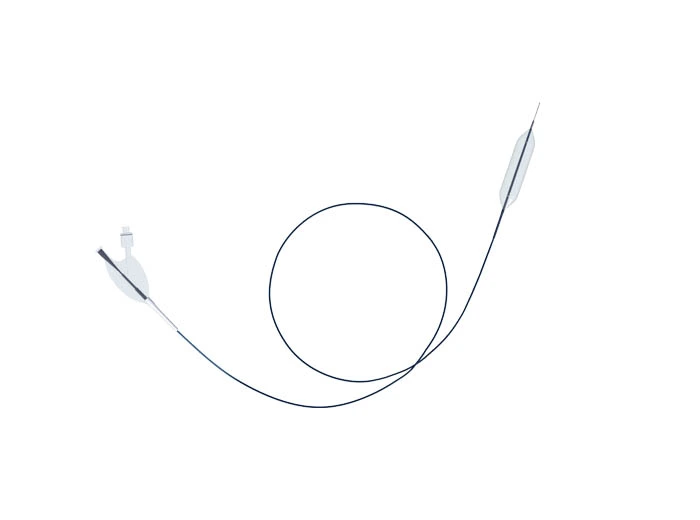the core of our corporate values
PTA Balloon Catheter Global Market Analysis Report
With the increase in the aging population and the rise in the incidence of cardiovascular diseases, the PTA balloon catheter market is experiencing rapid growth. According to 2023 market estimates, the global PTA balloon catheter market size in 2023 is $2.65 billion, and it is expected to grow at a compound annual growth rate (CAGR) of 8.32% from 2024 to 2030. Here are the key factors driving the growth of the PTA balloon catheter market:
Drivers of the PTA Balloon Catheter Market
Increase in Aging Population
As the global population gradually ages, particularly the group over 80 years old, the proportion of people suffering from peripheral artery disease (PAD) and other cardiovascular diseases is rising. According to a study by the University of Washington in 2023, the prevalence of PAD in the age group 80 to 84 exceeds 14.91%. 113 million people over the age of 40 are affected by this disease, which increases the demand for PTA balloon catheter in the treatment of cardiovascular diseases, especially in the treatment of peripheral artery disease (PAD) and coronary artery disease.
High Incidence of Cardiovascular Diseases
Coronary artery disease, arrhythmia, peripheral vascular disease, and congenital heart disease are common cardiovascular diseases worldwide. With the increasing incidence and complexity of these diseases, PTA balloon catheter, as an important therapeutic tool, are widely used in the treatment of these conditions, particularly showing significant market potential in minimally invasive treatments.
Increased Preference for Minimally Invasive Surgery
Compared to open surgery, minimally invasive surgery offers lower costs, less trauma, faster recovery, and lower risk of complications, thus gradually gaining favor from patients and doctors worldwide. Especially in emerging markets such as India and Brazil, with the rise in the incidence of cardiovascular diseases and the increase in payment abilities, the demand for PTA balloon catheter continues to grow.
No Alternatives Available
Currently, there are no significant substitutes for PTA balloon catheter in the market, which maintains their unique position in the treatment of cardiovascular diseases. Its unique advantages, such as rapid inflation, high delivery performance, traceability, and the extended treatment range of long-length balloons, make it an ideal choice for treating peripheral artery disease (PAD) and other cardiovascular conditions.
Application Analysis of PTA Balloon Catheter
In terms of application, peripheral artery disease (PAD) is the largest field in the PTA balloon catheter market, accounting for 62.63% of the total market share in 2023. This is due to the continuous rise in the incidence of PAD, especially cardiovascular diseases related to atherosclerosis. The risk factors for this disease highly overlap with coronary artery disease, leading to an increasing demand for PTA balloon catheter in PAD treatment.
According to data from the American Heart Association (AHA) journal in June 2023, PAD affects approximately 200 million people globally. Since atherosclerotic disease is the main cause of PAD, the importance of percutaneous transluminal angioplasty (PTA) balloons in PAD treatment is increasingly prominent. Especially the use of drug-eluting balloons, which can directly deliver drugs to the inflammation site, further promotes the wide application of PTA balloon catheter in this field.
Overall, the PTA balloon catheter market is in a stage of rapid development, driven by the increasing aging population, the rise in the incidence of cardiovascular diseases, and the growing preference for minimally invasive treatments. With technological innovation and market demand growth, the application of PTA balloon catheter will further expand globally, especially in the treatment of peripheral artery disease (PAD) and other cardiovascular diseases. Although the market faces some challenges, in the long run, the position of PTA balloon catheter in the treatment of cardiovascular diseases globally will be further consolidated, bringing opportunities for continuous growth.










